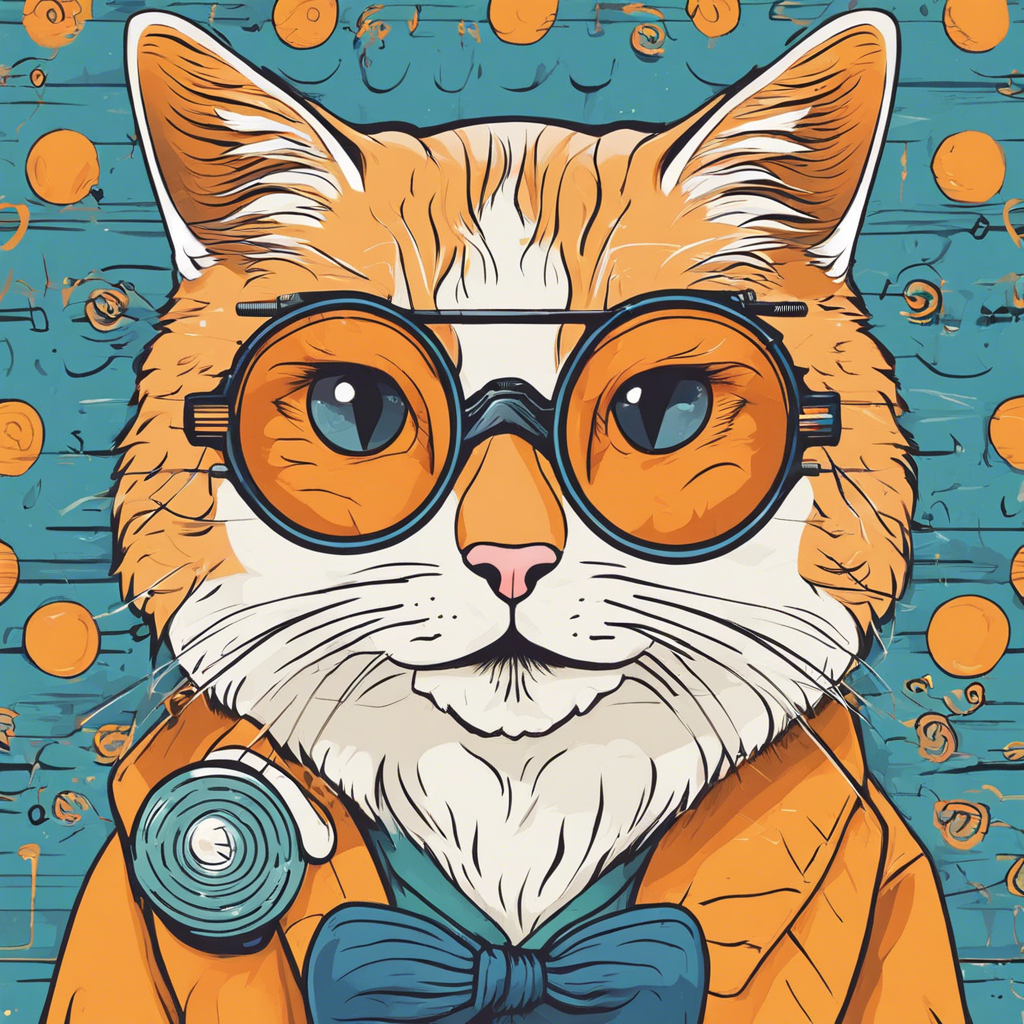**Creating a Stimulating and Safe Environment for Your Blind Cat**
For cat owners, it is essential to create an enriching environment that caters to their furry friend’s unique needs, especially if they have special requirements, such as visual impairment. Blind cats are just as capable of leading full and happy lives as their sighted counterparts, but they may need some extra considerations to navigate the world confidently. Here are some tips to ensure your visually impaired cat enjoys a high quality of life in a safe and stimulating home.
Firstly, establish a routine and stick to it. Blind cats rely heavily on their other senses, particularly hearing and smell, to build a mental map of their surroundings. A consistent daily routine will help them feel secure and aware of what to expect. Mealtimes, play sessions, and nap times should be scheduled, providing a predictable structure to their day.
Next, create a safe and predictable layout in your home. Avoid rearranging furniture as much as possible to prevent unnecessary obstacles in your cat’s established pathways. Use scent markers to guide your cat to key areas, such as placing a lavender-scented air freshener near their food bowl or a citrus scent near their litter box.
Additionally, provide sensory stimulation through play and exploration. Encourage your cat’s natural curiosity by incorporating scent and texture into playtime. Use cat-safe herbs, such as catnip or silver vine, to engage their senses, and provide a variety of textured toys, such as plush, rope, and crinkle toys, to add interest and stimulation. Regular play sessions will also help your cat stay physically active and maintain a healthy weight.
To enhance navigation and spatial awareness, incorporate vertical spaces and elevated platforms. Building upwards provides an opportunity to create a more complex and interesting environment for your cat to explore. Install shelves at different heights to encourage climbing and exploration, and place scented markers or treats at various levels to create a rewarding sensory journey.
It is also important to consider safety measures to protect your blind cat from potential hazards. Use soft and plush materials for bedding and furniture to provide a clear tactile distinction from the floor or other surfaces. Avoid leaving cabinets and drawers open, as they present avoidable obstacles for your cat to navigate.










